10 Things to Learn from Alexander Alekhine
Alexander Alexandrovich Alekhine (31 October 1892 – 24 March 1946) was the 4th World Champion and the first master of the universal style of play. A legend of chess, he contributed immensely to the development of the game. From a young age, he developed a knack for chess.
However, his chess journey was not so smooth. Alekhine had several dilemmas and hardships but when he had his calling no one could stop his meteoric rise to the top.
He started an ‘active, imaginative’ brand of chess. His evergreen combinations continue to amaze players to this day. Nonetheless, he was able to play quiet positions equally well.
“[Alekhine’s] fantastic combinative vision was based on sound positional foundations, and was the fruit of strong positional foundation, and was the fruit of strong, energetic strategy.” – Garry Kasparov
Here are 10 things players can learn from Alekhine:
1. Actively punishing premature attacks
Premature attacks rarely succeed. It’s not advisable to go for an ill-conceived attack against a player like Alekhine. For the defender, the sense of timing of when to strike back is very important. Too early and our position collapses and too late and the opponent can justify his attack. In the game against Eero Einar Book, Alekhine demonstrates how to crush such an attack.
Before looking at the game there is a moment in the game where Alekhine makes a remarkable decision. What would you play as white here?
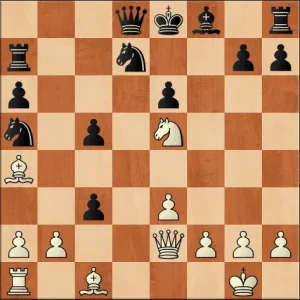
Most players go for Qxh5+ the idea is to continue the initiative and not give the opponent any respite. But Alekhine makes an amazing move. Check out the game to find out.
2. Combinative Play
Creative combinative play was one of the hallmarks of Alekhine’s play. He creates positions where combinations just magically appear. The quote from Spielmann, one of the leading players of the time sums up this very well.
“I can comprehend Alekhine’s combinations well enough; but where he gets his attacking chances from and how he infuses such life into the very opening – that is beyond me.” – Rudolf Spielmann
3. Pawn Sacrifices
Pawn sacrifices are an integral part of positional and dynamic play. Who better to learn it than from the man who invented it? Alekhine was a pioneer in pawn sacrifices. The depth of his talent allowed him to accurately judge subtle pawn sacrifices before anyone even thought of it.
Here Black’s idea is to play Nd7-e5. Firmly planting the knight in the center. At that point, the bad bishop will show and black can slowly play for a win. So what would you play?
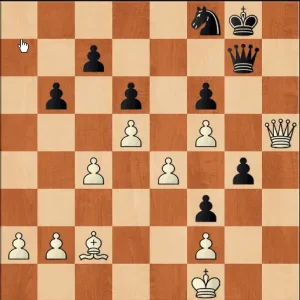
Alekhine vs H Johner, Zurich 1934
Alekhine sacrificed not one but two pawns!
1.e5! dxe5
2.d6! c5 (if cxd6 then c5!)
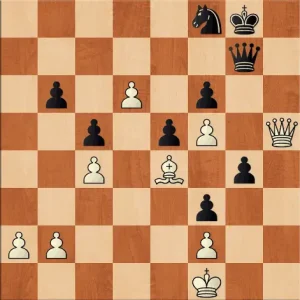
The bishop is reborn and is now a powerful attacking piece. Whereas the knight has been restricted to the maximum.
4. Hard work surpasses Natural Talent
Alekhine had a god-given talent for chess nevertheless he never let it be the sole driver of strength. He worked hard to improve all phases of the game. The results bore fruit in the legendary 1927 World Championship match against Capablanca. Capablanca was the absolute king at that time. For many years he had no real rival, just his natural talent was enough to win games. Then came Alekhine and the rest is history.
5. Trading Advantages
A strong player knows when to retain advantages and when to transform them. Here in the following position, Alekhine shows an intricate understanding of the position.
Black has played b5 attacking the bishop. But it also weakens the c5 square and c6 pawn. How did Alekhine exploit this weakness?
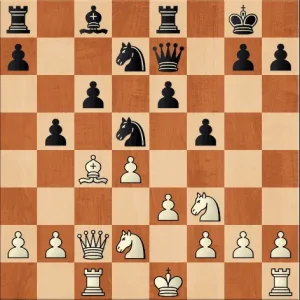
Alekhine plays Bxd5!
He voluntarily eliminates the backward pawn on c6. A completely counterintuitive move. Such enigmatic moves were hallmarks of his game and we can learn a lot from them.
The idea behind the move is that Alekhine is transforming his advantage. He removes the weakness but is now able to rapidly conquer the open c file.
6. Imaginative play
Alekhine conducted attacks with immaculate ideas. His imaginative play still amazes players to this day. Some moves are hard to spot in chess. For example, a backward piece move or deliberately moving the queen to an attacked square. By studying his games, we can learn how to spot such moves in our games.
The following game is from a simultaneous exhibition. Alekhine shows great imagination in the final king hunt.
7. Endgame Technique
Impeccable endgame technique is the hallmark of great champions. Alekhine excelled at endgames and was second to none in this department, Including the great Capablanca. One of the most important things players can learn from his games is schematic thinking in endgames. He plays the endgame with mini-plans and sometimes even grand plans!
8. Seizing the Initiative
Arguably this is the domain of his style where his enormous talent shined best. Alekhine was able to find creative ideas to either sharpen the struggle or pose practical problems for the opponent. Alekhine is the forefather of this style of play. This later went on to be absorbed and refined by players like Geller, Tal, and Kasparov.
9. The Third Rank Queen
Alekhine was well known for positioning his queen at the right squares. One of his specialties is to maneuver the queen along the third rank.
You might ask, what’s so special about the third rank? It is an important rank when considering the importance of a queen. If it’s too far out then it risks attacks by enemy pieces. At the same time, it cannot stay too close to home as it risks becoming passive. So the ideal spot is somewhere in between.
In the following game, Alekhine demonstrates his queen maneuvering prowess.
Want to know more about Alekhine? We also recommend looking at His Imaginative Play as well as His 10 Best Games.
10. Beauty in Chess
Alekhine’s games have a certain flair to them. There isn’t much going on in the opening but he can create beautiful tactical ideas later. By studying his games we surely learn to appreciate the beauty of chess. Endless geometrical possibilities, and delicate piece play, one can find all in his games.
“Chess for me is not a game, but an art. Yes, and I take upon myself all those responsibilities which an art imposes on its adherents.” – Alexander Alekhine
https://thechessworld.com/store/product/learn-from-alexander-alekhine-with-im-boroljub-zlatanovic/



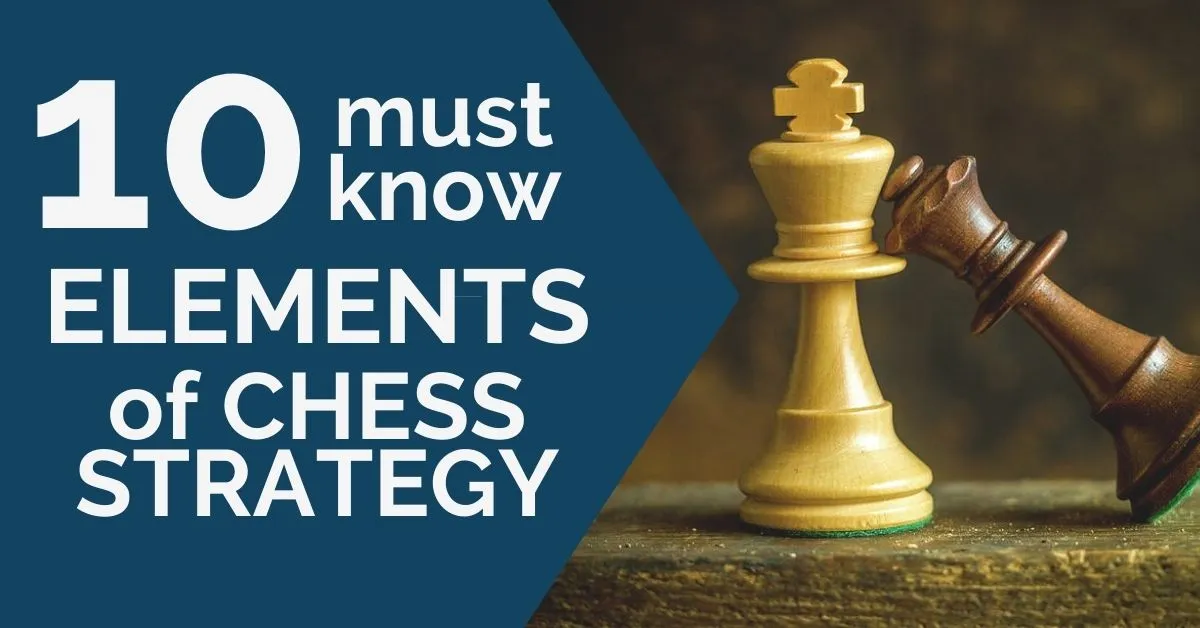

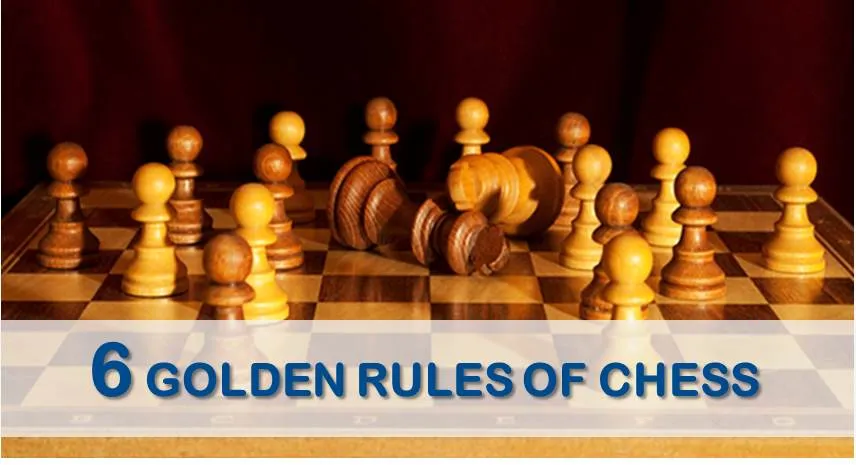




Comments: